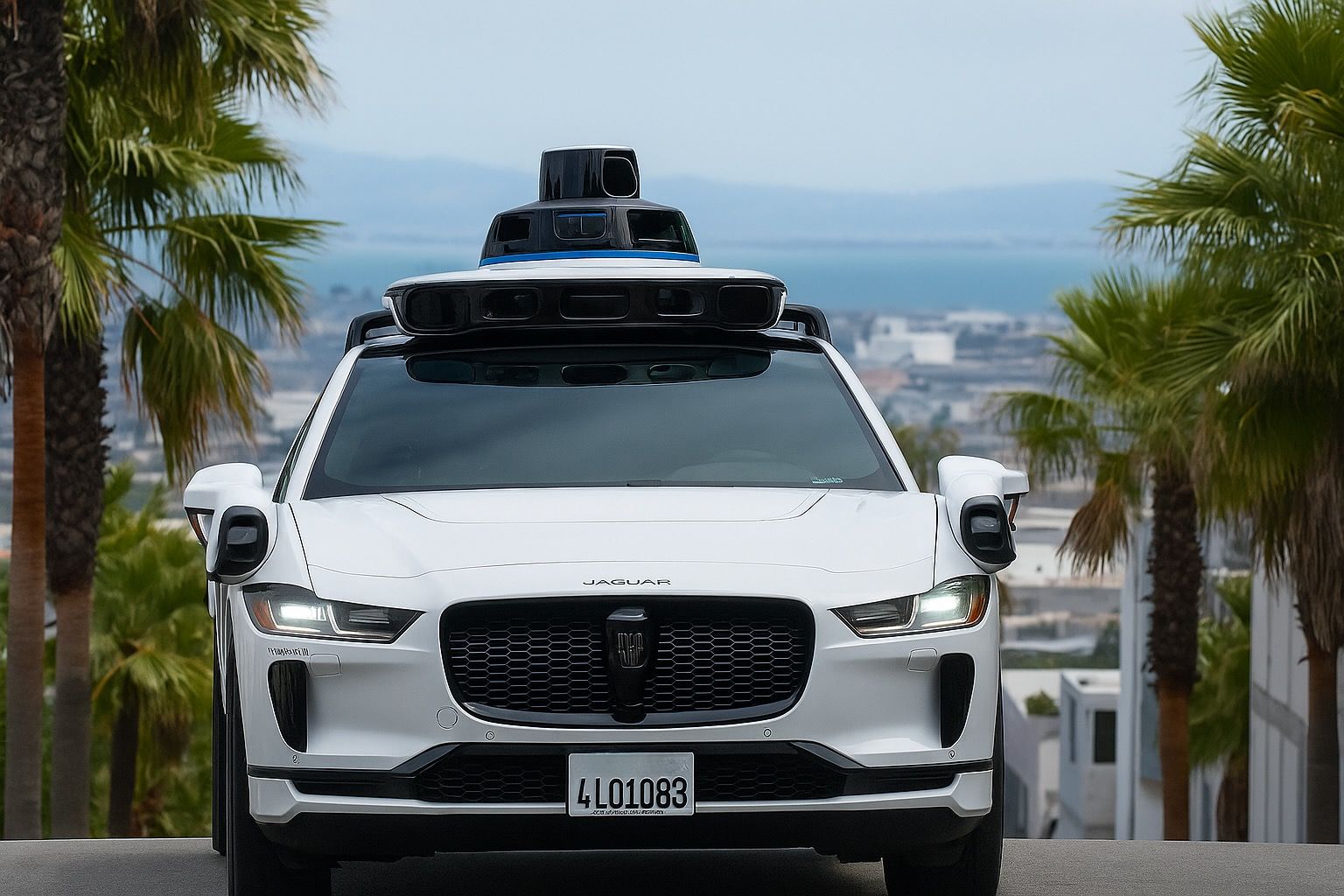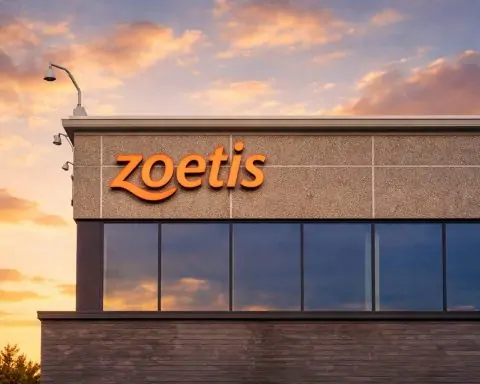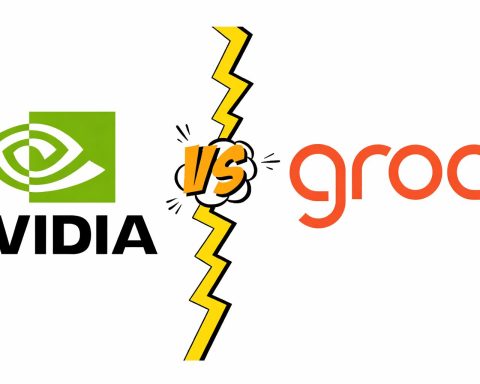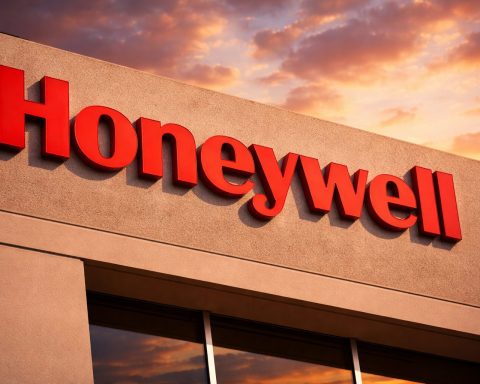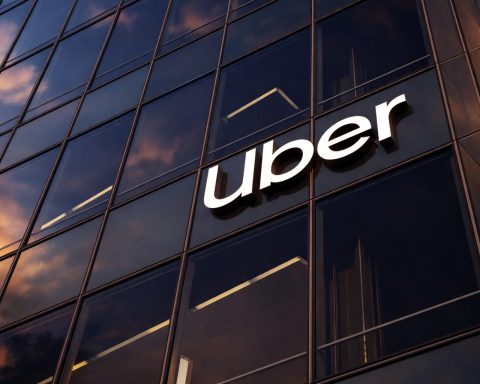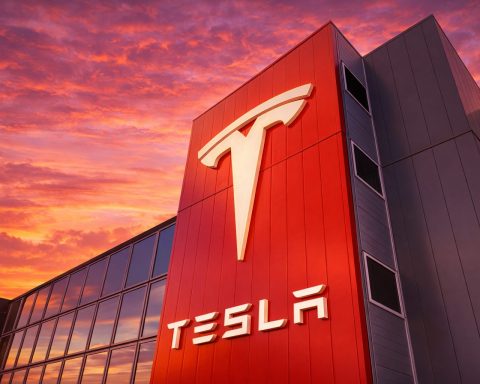Published: November 14, 2025
SAN FRANCISCO — Alphabet’s self‑driving unit Waymo has crossed one of the biggest milestones in autonomous driving: its robotaxis are now taking paying passengers onto U.S. freeways in three of the country’s most car‑dependent metro areas.
From this week, select riders in the San Francisco Bay Area, Los Angeles and Phoenix can hail a fully driverless Waymo that merges onto interstates at up to highway speeds, connecting dense city grids with sprawling suburbs and even major airports. [1]
It is the first time a company has offered paid driverless rides on U.S. highways without a safety driver or in‑car monitor, putting Waymo ahead of rivals like Tesla’s Robotaxi service in Austin and Amazon‑backed Zoox in Las Vegas. [2]
The launch caps years of testing and regulatory wrangling — and sets up a high‑stakes experiment in whether the public is ready to trust AI at 65 mph.
What changed this week: robotaxis on U.S. freeways
Until now, most commercial robotaxi services have stuck to surface streets, where speeds are lower and routes are easier to geo‑fence. That changed on Wednesday, November 12, when Waymo flipped the switch on freeway support in three core markets: [3]
- San Francisco Bay Area
- Waymo’s service area now stretches roughly 260 square miles from San Francisco down through Silicon Valley to San Jose.
- New routes include key corridors like Highway 101 and Interstate 280, as well as curbside pickup and drop‑off at San Jose Mineta International Airport. [4]
- Los Angeles
- Highway segments in and around the city are now in scope, with rides connecting neighborhoods across the basin via freeways rather than slogging through miles of stop‑and‑go traffic. [5]
- Phoenix
- Freeway rides are expanding Waymo’s long‑standing Phoenix operations, where the company first tested driver‑out highway trips internally before opening them up to paying users. [6]
Waymo says this is built on “millions of miles” of freeway testing with employees and early guests in all three regions, plus more than a year of internal Bay Area highway trials after regulators approved interstate operations in 2024. [7]
Co‑CEO Dmitri Dolgov has called fully autonomous freeway operations a “profound engineering feat — easy to conceive, yet hard to truly master,” arguing the launch reflects the maturity of the company’s software, sensors and operations. [8]
How the new highway rides work
For now, highway service isn’t automatically turned on for every Waymo user. Instead, it’s rolling out in controlled phases:
- Early‑access list: Riders can opt into a dedicated “freeway list” in the Waymo app, indicating they want to be among the first to experience highway trips. [9]
- Only when it’s faster: Waymo says its software will choose freeways when they are “meaningfully faster” than surface streets. If a freeway won’t save much time, the car may stick to local roads. [10]
- Transparent routing: Before a trip is confirmed, the app can notify riders whether their route will use freeways, giving cautious passengers the option to avoid high‑speed segments. [11]
In the Bay Area, the highway expansion is particularly transformative. Without freeways, a ride from San Francisco to western San Jose could stretch past two hours on city streets. With 101 or 280 in play, Waymo and several independent demos report travel times being cut by up to about 50% on some cross‑region trips. [12]
That’s crucial not just for commuters but for airport travelers: the company now offers curbside service at San Jose Mineta International Airport and previously launched similar access at Phoenix Sky Harbor. It is already in talks to expand to airports in San Francisco and Oakland next. [13]
Waymo by the numbers: a 2,500‑car robotaxi fleet
Alongside the highway launch, we’re getting the clearest picture yet of Waymo’s scale:
- Fleet size: Waymo now operates around 2,500 robotaxis, according to new figures shared this week — a sharp jump from earlier public estimates of “more than 1,500.” [14]
- Where those cars are:
- ~1,000 in the San Francisco Bay Area
- ~700 in Los Angeles
- ~500 in Phoenix
- ~200 in Austin
- ~100 in Atlanta [15]
Financial Times reporting adds that Waymo is already providing roughly 250,000 rides per week with a fleet of over 2,000 vehicles, mostly electric Jaguar I‑Pace SUVs fitted with Waymo’s proprietary sensor and AI stack. [16]
Even more importantly for its competitive moat, Waymo remains the only company in the U.S. running a paid robotaxi service without safety drivers or in‑vehicle monitors, according to Reuters and The Guardian. [17]
Behind the scenes, Waymo says its cars have accumulated over 100 million driverless miles since 2019, while selling “hundreds of thousands” of rides per week across San Francisco, Los Angeles, Phoenix, Austin and Atlanta. [18]
Tesla, Zoox and the new robotaxi arms race
Highway service doesn’t just matter for riders — it reshuffles the competitive leaderboard.
- Tesla Robotaxi: Tesla’s own robotaxi network, launched in Austin in June 2025, still relies on a human “safety monitor” in the front passenger seat, even though it uses the company’s Full Self‑Driving software. [19]
- Elon Musk has promised those Tesla robotaxis will go fully driverless in Austin by the end of 2025 and eventually expand to 8–10 major U.S. cities. [20]
- Zoox: Amazon‑backed Zoox offers free robotaxi rides on and around the Las Vegas Strip, but not yet a broad, paid highway service with no onboard staff. [21]
Waymo’s new milestone prompted a characteristically sharp response from Musk. After an influencer highlighted the company’s 2,500‑vehicle fleet on X, Musk dismissed the number as “rookie” — even as Tesla faces continued federal scrutiny over FSD behavior. [22]
Yet industry coverage from outlets like Business Insider and The Guardian notes that, for now, it’s Waymo that has delivered what Musk has been promising for years: a large‑scale, paid, driverless taxi service in multiple cities — now on highways as well as surface streets. [23]
A high‑speed safety test for autonomous driving
Freeways are, in some ways, an easier environment for algorithms to handle: traffic generally flows in the same direction with fewer pedestrians, cyclists and complex intersections. But higher speeds also raise the stakes dramatically.
“An early accident could really delay the deployment of these systems,” warned Stanford professor Mykel Kochenderfer, who studies autonomous vehicles, in an interview with NBC Bay Area about the launch. [24]
Key safety questions hanging over Waymo’s freeway move include:
- Crash history:
- Waymo’s driverless cars have not been blamed for any fatalities, but U.S. transportation records show more than 80 injury‑causing crashes involving its vehicles since July 2021. [25]
- Federal regulators, including the National Highway Traffic Safety Administration (NHTSA), have opened investigations into unexpected AV behavior — affecting Waymo and its peers. [26]
- System design:
- Waymo says its vehicles are built with redundant hardware and software so that they can maintain control even if one system fails.
- The company has developed specific freeway protocols in consultation with state highway patrols and local safety agencies. [27]
- Independent data:
- A large insurance‑based analysis of Waymo’s operations found that the Waymo One service generated significantly fewer liability claims than comparable human drivers, including zero bodily injury claims over 3.8 million rider‑only miles studied. [28]
- Another early study using California Public Utilities Commission data suggested driverless Waymo vehicles had a lower crash rate than Uber ridesharing trips in San Francisco, though sample sizes remain limited and researchers caution against over‑interpreting the data. [29]
The industry also still lives in the shadow of GM’s Cruise, whose robotaxi operations were effectively halted after a 2023 incident in San Francisco in which a pedestrian, initially hit by a human‑driven car, was then run over and dragged by a Cruise vehicle. Subsequent analysis highlighted weaknesses in how the system tracked and reacted to vulnerable road users after collisions. [30]
That episode is widely cited inside the industry as a warning: getting high‑speed edge cases wrong can cost years of progress and public trust.
Public reaction: from “I feel safer” to “I wouldn’t get in”
On the streets and at the airport curb, reaction to Waymo’s freeway debut has been mixed.
Some travelers told NBC Bay Area they were eager to try a car that never gets distracted, drowsy or drunk. One woman said she’d feel safer as a frequent solo traveler, noting she wouldn’t have to worry about human driver ratings or behavior. [31]
Others are far more skeptical. A returning Bay Area resident told the station she “wouldn’t trust a pre‑programmed plane,” and was more comfortable knowing there is still a human brain behind the wheel. [32]
That split mirrors broader sentiment: polls consistently show curiosity and cautious optimism about self‑driving tech, but also deep unease about handing full control to algorithms — especially at freeway speeds.
Why this matters for commuters and cities
If the freeway rollout works as advertised, the immediate benefits are straightforward:
- Shorter, more predictable trips:
Early demos from journalists and influencers showed highway‑enabled Waymo rides shaving 15–20 minutes off cross‑region routes such as San Francisco–Mountain View, and Waymo itself says some freeway trips could be up to 50% faster than surface‑street alternatives. [33] - Stronger airport links:
Curbside service at San Jose and Phoenix airports — with San Francisco and Oakland in discussions — gives robotaxis a lucrative use case and could ease some pressure on traditional ride‑hail and taxi queues. [34] - Better regional connectivity:
By stitching together San Francisco and Silicon Valley into a single driverless service area, Waymo is effectively piloting an automated alternative to some commuter rail and highway car trips — a model it could replicate in places like greater Los Angeles or future markets such as Miami and Washington, D.C. [35]
For cities, the impact is more complex. Robotaxis could:
- Reduce drunk driving and fatigue‑related crashes if they successfully replace risky human trips. [36]
- Add congestion if empty vehicles reposition frequently or if cheap robotaxi rides lure riders away from transit.
- Raise fresh questions around curb management, airport contracts and how to regulate a service where, under current California law, there is no human driver to ticket. [37]
Waymo’s grand ambitions: from ride‑hailing to trucking and personal cars
To Waymo’s leadership, freeways are not just another feature; they’re a prerequisite for a much broader playbook.
Co‑CEO Tekedra Mawakana has repeatedly described the company’s goal as building a “generalizable driver” — software that can move between use cases and vehicle types. The roadmap she outlined recently looks like this: [38]
- Ride‑hailing (today): robotaxis in multiple U.S. cities and international pilot programs.
- Local delivery: short‑haul logistics and commerce, leveraging the same urban maps and behaviors.
- Long‑haul trucking: where freeway proficiency is essential and the business case is strong.
- Licensing to automakers: eventually embedding the Waymo Driver directly into personally owned cars.
SFGate’s coverage notes that connecting its Bay Area service areas via freeways is explicitly framed inside Waymo as a stepping stone toward those bigger ambitions, especially in trucking and tech licensing. [39]
Investors are finally paying attention
Alphabet’s stock has whipsawed along with the broader tech sell‑off this week, but several analysts and commentators argue that investors are underestimating Waymo’s contribution to the company’s long‑term value.
A fresh note highlighted that, overshadowed by market volatility, Waymo quietly began offering freeway rides in three major U.S. cities — a real commercial differentiator — while also ramping up its ride volumes and fleet size. [40]
Meanwhile, blogs like Marginal Revolution and auto‑industry sites are calling the freeway launch a “big deal,” pointing out that it’s built on years of operational data and may finally force regulators and the public to treat robotaxis as more than experiments. [41]
For Tesla bulls, Waymo’s highway move cuts both ways: it validates the robotaxi model Musk has championed, but it also underscores how far ahead Waymo appears in deploying truly driverless, no‑monitor services at scale. [42]
What’s next: more cities, more freeways — and more scrutiny
Waymo has made clear that freeways in San Francisco, Los Angeles and Phoenix are just the beginning. The company is already operating or testing in Austin, Miami, Atlanta, Tokyo and other cities, with plans to launch a commercial service in Washington, D.C. in 2026, pending regulatory approval. [43]
Highway capability will almost certainly be part of that rollout. But so will deeper scrutiny:
- Regulators will want hard data showing that driverless cars can handle high‑speed merges, sudden congestion and complex multi‑vehicle crashes more safely than humans.
- Cities will push for clearer rules on liability, traffic enforcement and emergency access.
- The public will decide, one ride at a time, whether they’re comfortable letting an invisible driver take the wheel on the open road.
For now, Waymo has taken an undeniable lead in the robotaxi race. The real test starts today: can it keep that lead at freeway speeds, without a human to grab the wheel when things go wrong?
References
1. www.reuters.com, 2. www.reuters.com, 3. www.reuters.com, 4. www.nbcbayarea.com, 5. laist.com, 6. www.abc15.com, 7. www.nbcbayarea.com, 8. www.nbcbayarea.com, 9. www.sfgate.com, 10. www.sfgate.com, 11. laist.com, 12. www.sfgate.com, 13. www.nbcbayarea.com, 14. www.benzinga.com, 15. www.benzinga.com, 16. www.ft.com, 17. www.reuters.com, 18. www.nbcbayarea.com, 19. en.wikipedia.org, 20. www.benzinga.com, 21. www.reuters.com, 22. www.benzinga.com, 23. www.businessinsider.com, 24. www.nbcbayarea.com, 25. www.nbcbayarea.com, 26. www.reuters.com, 27. www.reuters.com, 28. arxiv.org, 29. arxiv.org, 30. arxiv.org, 31. www.nbcbayarea.com, 32. www.nbcbayarea.com, 33. techcrunch.com, 34. www.nbcbayarea.com, 35. www.sfgate.com, 36. www.nbcbayarea.com, 37. www.nbcbayarea.com, 38. www.sfgate.com, 39. www.sfgate.com, 40. finance.yahoo.com, 41. marginalrevolution.com, 42. www.benzinga.com, 43. en.wikipedia.org
